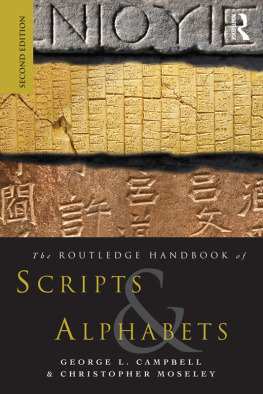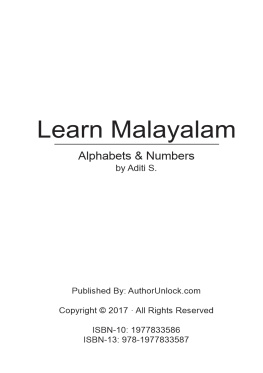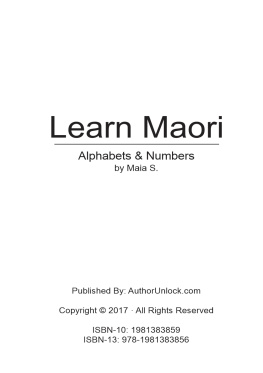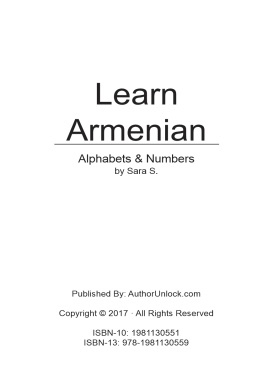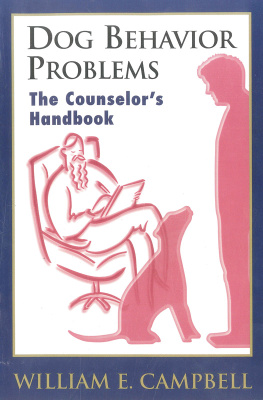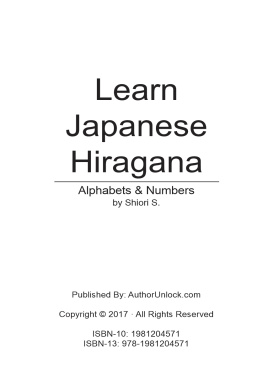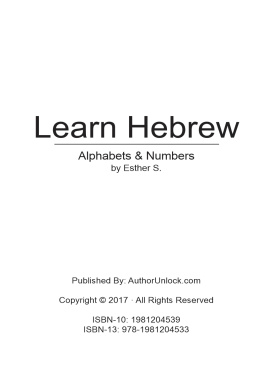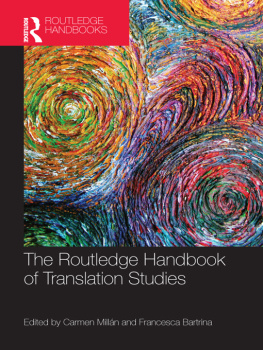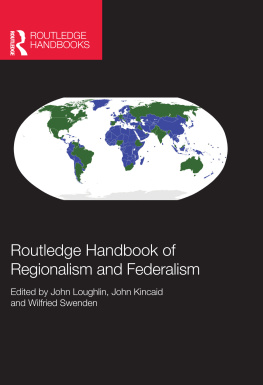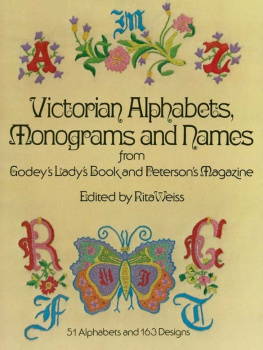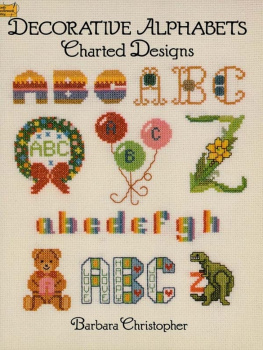Campbell George L. - The Routledge Handbook of Scripts and Alphabets
Here you can read online Campbell George L. - The Routledge Handbook of Scripts and Alphabets full text of the book (entire story) in english for free. Download pdf and epub, get meaning, cover and reviews about this ebook. City: Milton Park;Abingdon;Oxon;New York;NY, year: 2012, publisher: Taylor and Francis;Routledge, genre: Home and family. Description of the work, (preface) as well as reviews are available. Best literature library LitArk.com created for fans of good reading and offers a wide selection of genres:
Romance novel
Science fiction
Adventure
Detective
Science
History
Home and family
Prose
Art
Politics
Computer
Non-fiction
Religion
Business
Children
Humor
Choose a favorite category and find really read worthwhile books. Enjoy immersion in the world of imagination, feel the emotions of the characters or learn something new for yourself, make an fascinating discovery.
- Book:The Routledge Handbook of Scripts and Alphabets
- Author:
- Publisher:Taylor and Francis;Routledge
- Genre:
- Year:2012
- City:Milton Park;Abingdon;Oxon;New York;NY
- Rating:5 / 5
- Favourites:Add to favourites
- Your mark:
- 100
- 1
- 2
- 3
- 4
- 5
The Routledge Handbook of Scripts and Alphabets: summary, description and annotation
We offer to read an annotation, description, summary or preface (depends on what the author of the book "The Routledge Handbook of Scripts and Alphabets" wrote himself). If you haven't found the necessary information about the book — write in the comments, we will try to find it.
The Routledge Handbook of Scripts and Alphabets — read online for free the complete book (whole text) full work
Below is the text of the book, divided by pages. System saving the place of the last page read, allows you to conveniently read the book "The Routledge Handbook of Scripts and Alphabets" online for free, without having to search again every time where you left off. Put a bookmark, and you can go to the page where you finished reading at any time.
Font size:
Interval:
Bookmark:
The Routledge Handbook of Scripts and Alphabets
The Routledge Handbook of Scripts and Alphabets is a unique reference to the main scripts and alphabets of the world.
The Handbook presents over sixty alphabets covering an enormous scope of languages, from Amharic and Chinese to Thai and Cree. Full script tables are given for every language and each entry is accompanied by a detailed overview of its historical and linguistic context.
New to this second edition:
new introduction discussing the basic principles and strategies utilized by world writing systems
expanded to include more writing systems
improved presentation of non-Roman scripts
organized into ancient, contemporary and autochthonous writing systems
many new entries on fascinating and lesser-known writing systems.
This handy resource is the ideal reference for all students and scholars of language and linguistics.
George L. Campbell worked for the BBC World Service and was a polyglot linguist and translator.
Christopher Moseley is a linguist and lecturer at the School of Slavonic and East European Studies, University of London. He is co-editor (with Prof. R.E. Asher) of the Atlas of the Worlds Languages (Routledge 2007) and general editor of the UNESCO Atlas of the Worlds Languages in Danger (2010).
The Routledge Handbook of Scripts and Alphabets
Second edition
George L. Campbell and Christopher Moseley

First published 1997
by Routledge
This second edition published 2012
by Routledge
2 Park Square, Milton Park, Abingdon, Oxon OX14 4RN
Simultaneously published in the USA and Canada
by Routledge
711 Third Avenue, New York, NY 10017
Routledge is an imprint of the Taylor & Francis Group, an informa business
1997 George L. Campbell
2012 George L. Campbell and Christopher Moseley
The right of George L. Campbell and Christopher Moseley to be identified as authors of this work has been asserted by them in accordance with sections 77 and 78 of the Copyright, Designs and Patents Act 1988.
All rights reserved. No part of this book may be reprinted or reproduced or utilised in any form or by any electronic, mechanical, or other means, now known or hereafter invented, including photocopying and recording, or in any information storage or retrieval system, without permission in writing from the publishers.
Trademark notice: Product or corporate names may be trademarks or registered trademarks, and are used only for identification and explanation without intent to infringe.
British Library Cataloguing in Publication Data
A catalogue record for this book is available from the British Library
Library of Congress Cataloging in Publication Data
A catalog record for this book has been requested
ISBN: 978-0-415-56098-6 (hbk)
ISBN: 978-0-415-56097-9 (pbk)
ISBN: 978-0-203-86548-4 (ebk)
Preface to the Second Edition
The present volume originally appeared as a supplementary part of the late George L. Campbells two-volume Compendium of the Worlds Languages. That work has established itself as a unique survey of the major languages of the world and very many of the minor ones as well, and in 1997 Routledge published the supplement on scripts, virtually unchanged from the version included in the larger work, as a guide to the many and diverse writing systems of the world.
George Campbell created the surveys of both languages and scripts more or less single-handed, and it was the work of a virtuoso linguist. Campbells breadth of knowledge of languages was legendary and prodigious, but inevitably there were small errors in, and omissions from, his great work which have later come to light. It has fallen to me to prepare an enlarged, amended version of his little volume on scripts and writing systems, and in this I have tried to be both comprehensive and circumspect.
George Campbell (19122004) was born in Dingwall, Scotland, into a bilingual GaelicEnglish family, and soaked up languages avidly from an early age, studying German in Leipzig and mastering several more languages during his sojourn there. Stories of his voracious appetite for foreign languages are legion. During his working life he was employed first by the School of Slavonic and East European Studies in London, and the BBC World Service the same two employers as I have had, but in the reverse order. It was only after his retirement from the BBC in 1980 that he was able to devote himself full-time to his true passion, the creation of the Compendium and the supplementary volume on Scripts which you have before you.
This volume is fairly considerably amplified, but I hope it retains the spirit of the original work, and will serve as a useful guide for anyone wanting an introduction to the many and fascinating scripts in which the languages of the world have been written. The emphasis is on the contemporary, but ancient writing systems that have fallen into disuse are also given their due in these pages. For this reason I have divided the scripts and writing systems into three separate, alphabetically ordered sets:
Ancient writing systems;
Contemporary writing systems;
Autochthonous writing systems.
By this set of definitions, an ancient writing system is one that has long since fallen out of use, and is applied to a now dead language; a contemporary writing system is one that is still in use for at least one language; and an autochthonous system is one that has arisen, usually in the past couple of centuries, within or for a particular small speech community, unrelated to any system used for surrounding languages.
The term writing system is deliberately chosen to encompass the widest possible range of methods of committing a language to a permanent surface. This includes, for instance, the Maya glyphs (not previously included) and Egyptian hieroglyphics, because, although they clearly derive from pictorial images, they do obviously strive to represent the sounds of spoken language in a particular sequence that reflects that speech. What are not included in this volume are hitherto undeciphered scripts, such as the ancient script of the Indus valley (although recent work on the script has resulted in a fairly convincing decipherment), and primitive pictographic systems which cannot be said with certainty to consistently represent the sounds of spoken language.
It would be rash to claim that this books coverage is comprehensive. Apart from the undeciphered ancient scripts, there are also small branches of the family tree of scripts that have been omitted because of great similarity to their parent scripts, and some more recent systems which have not gained wide currency. I hope we have made up for any omissions by attempting to show in family tree diagrams the complex interrelatedness of the main branches of the worlds writing systems.
Christopher Moseley
Acknowledgements
The publishers would like to thank the following for permission to reproduce material in this book:
Die Etruskische Sprache for The Early Western and Greek Etruscan Scripts chart from Die Etruskische Sprache, Pfiffig, A.J. (1969).
Encyclopaedia Britannica, Inc for The Etruscan Script as used for Latin (1974).
The British Library Board for extract of German Fraktur: British Library website images online, ref. 060445, Gutenberg Bible, shelf mark C.9.d.4.
The University of California Press and the British Museum for Maya Glyphs by S.D. Houston 1989 by the Trustees of the British Museum, published by the University of California Press.
The University of Oklahoma Press for the Cherokee Alphabet from
Next pageFont size:
Interval:
Bookmark:
Similar books «The Routledge Handbook of Scripts and Alphabets»
Look at similar books to The Routledge Handbook of Scripts and Alphabets. We have selected literature similar in name and meaning in the hope of providing readers with more options to find new, interesting, not yet read works.
Discussion, reviews of the book The Routledge Handbook of Scripts and Alphabets and just readers' own opinions. Leave your comments, write what you think about the work, its meaning or the main characters. Specify what exactly you liked and what you didn't like, and why you think so.

